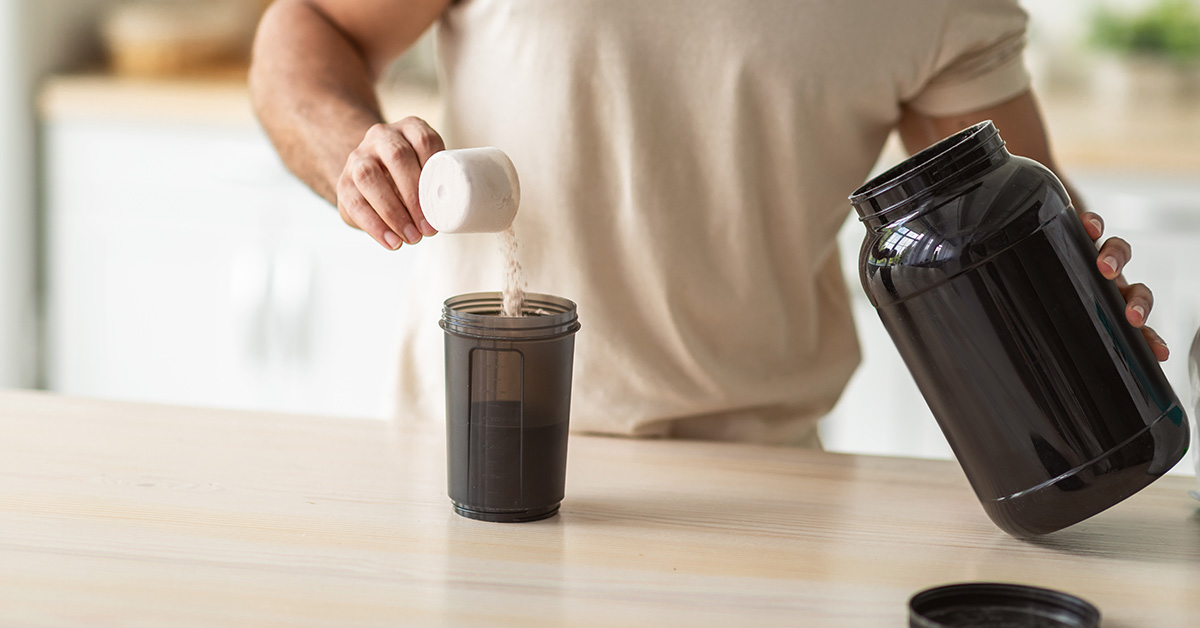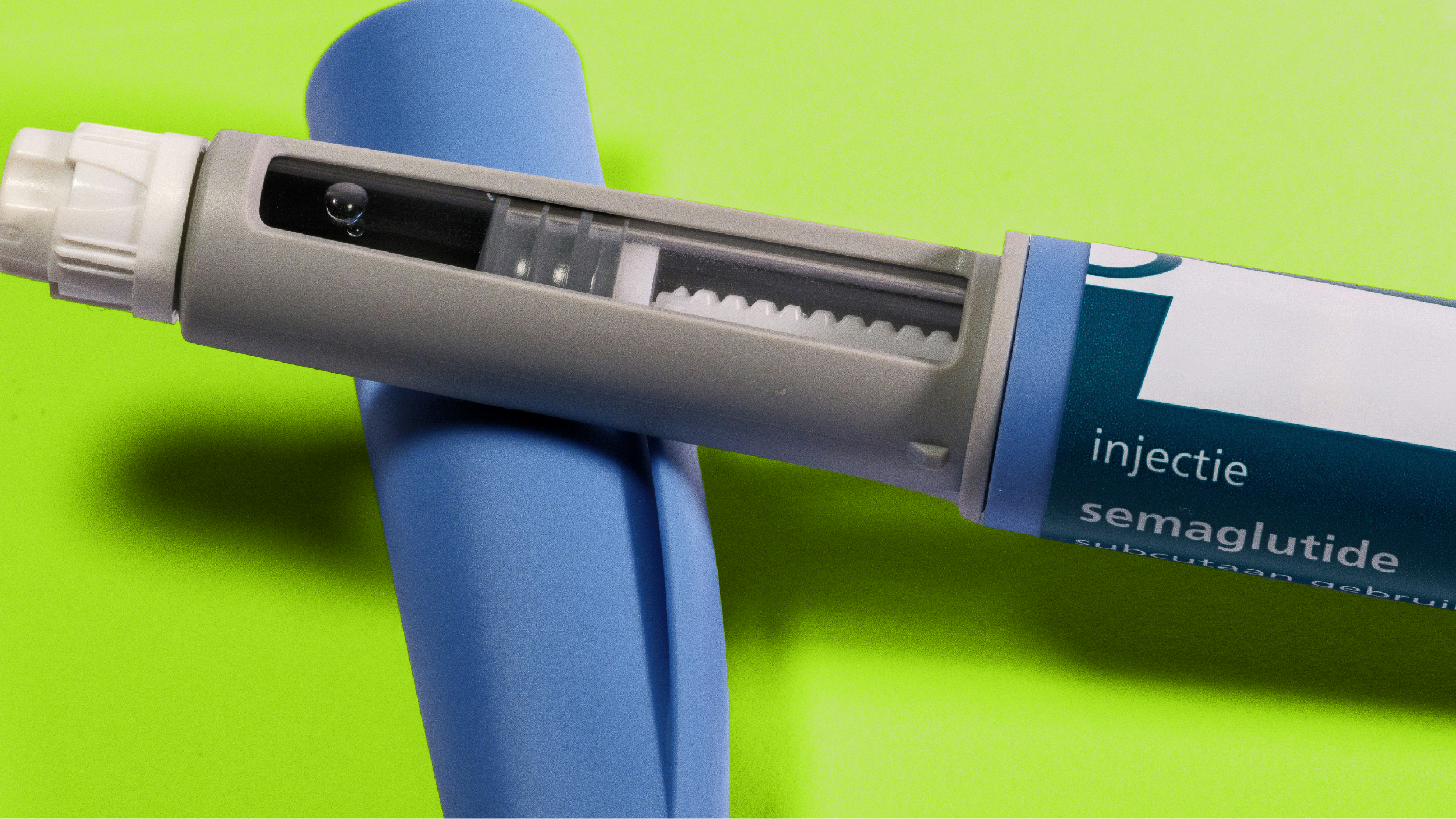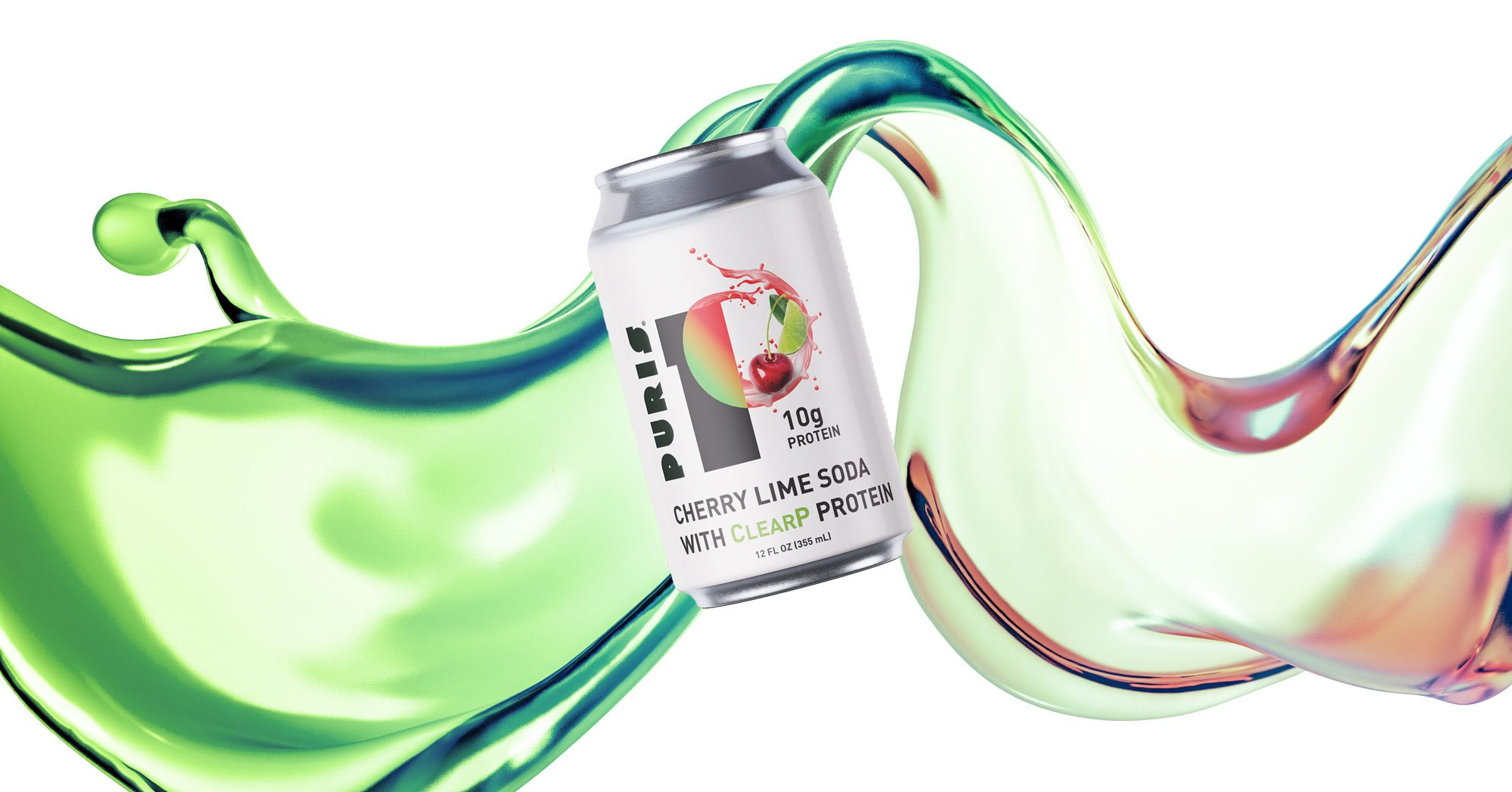So, you’re looking to create a high-quality plant-based protein drink.
Now that you know what you want, it’s time to ask the big question: How do you pick the right plant-based protein that will work with your equipment and fly off store shelves?
Whether you’re considering soybeans, peas, hemp seeds, brown rice, almonds, or another plant-based ingredient, let’s dive into common challenges manufacturers face when creating protein drinks (and how pea proteins hold up against them).
3 common ready-to-mix protein challenges
Shelf life and product stability
Many plant protein powders are often hygroscopic (meaning they have a tendency to absorb moisture, leading to clumping, microbial growth, and degradation of the product).
Pea proteins are no exception — but peas boast qualities that improve shelf-stability for your products, including:
- Antioxidant properties, which can help protect against oxidative damage. Because oxidation is a major factor that contributes to the degradation of protein powders, this improves pea protein powder’s shelf life.
- Low moisture content. Pea protein powder is typically produced through a drying process that reduces its moisture content, helping to prevent the growth of microorganisms that can lead to spoilage.
- Minimal fat content is unique to pea protein which makes it more shelf stable than dairy and nut protein powders. Because protein powders with higher fat contents are at higher risk of becoming rancid over time, pea protein can often outlast these other powders.
Solubility
We’ve likely all experienced the moment we shake or mix a beverage with protein powder, only to take a sip and find clumps of protein hidden inside your bottle or glass.
While all protein powders will be subject to clumps if protein particles are too large, pea protein — when produced specifically for beverage uses — can be manufactured in small particles that increase the interaction with your solvent (e.g., water). This makes them more soluble and allows you to create clump-free, mixable protein-packed products.
Pea proteins are highly soluble for a few reasons:
- pH levels — Pea pH levels are stable over a wide range of levels, including mildly acidic to neutral pH ranges, which allows pea protein powder to maintain its solubility and prevent precipitation or clumping when mixed with liquids.
- Protein structure — Pea protein structure is a balanced ratio of hydrophilic (water-attracting) and hydrophobic (water-repelling) amino acids. This balanced composition allows the protein to interact well with water, enhancing its solubility.
- High absorption capacity — Pea protein has a relatively high water absorption capacity, meaning it can absorb and retain water more effectively.
Mouthfeel
Chalky. Dry. Gritty. There’s no denying that plant-based protein powder has a reputation for being difficult to work with to create a product that is both tasty and has a pleasant mouthfeel.
Not all pea protein should be treated equally. Some formulations though can have a naturally smoother texture, so it's important to compare suppliers when picking a partner. PURIS, for example, has binding and thickening properties when hydrated. The composition allows for a more appealing mouthfeel that works well across a wide range of formulations and preparation methods.
3 common ready-to-drink protein challenges
Many ready-to-drink pea protein drinks face issues that come down to cost. When manufacturers source their protein by cost versus quality, you’re likely to run into the following issues.
Masking flavors and strong aftertaste
Many pea proteins, especially those that are sourced outside of the United States, come with a strong, often unpleasant taste and a dry or gritty mouthfeel. This requires manufacturers to add masking flavors, which makes the end product less appealing to consumers who are looking for natural beverages that don’t contain unnecessary additives.
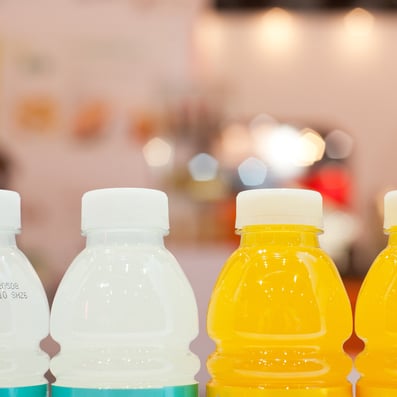
Keep in mind that adding masking flavors to your product often adds calories, sugars, and other unwanted details to your nutrition label. Plus, these additives can often create additional textures that have an unappealing mouthfeel.
Unclean (or hidden) ingredients
While plant-based proteins are advertised to be clean, sustainable options, not all plant protein powders are truly clean or eco-friendly. In fact, many pea proteins on the market today contain metals and other toxins that can cause adverse health effects (plus, taste less superior than clean protein powders).
Ingredients that can be traced back to the source, down to the soil that the plants grew from, give manufacturers the certainty and peace of mind that their investment is going toward a quality option that is both good for consumers and good for business.
Protein content
Switching to a plant-based protein doesn’t require manufacturers to sacrifice protein content in their product.
When we look at a few popular protein powder types on the market today, it’s easy to see that pea protein shares similar protein content as other popular protein powder types, while offering the health and accessibility benefits that are unique to peas — and peas alone.
Protein content per 100g
All data sourced from the U.S. Department of Agriculture
Why pea protein for beverage manufacturing?
Many plant-based protein beverages — especially pea-based beverages — can outperform traditional protein beverages by offering additional advantages that others cannot, including: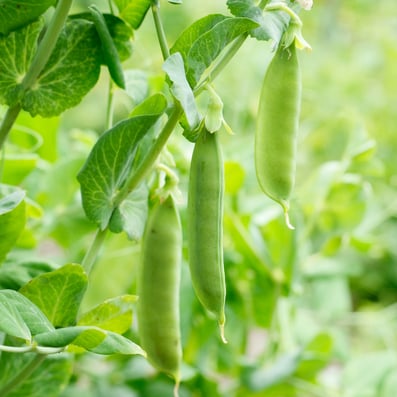
- Accessibility — Pea and plant-based protein options are more accessible to consumers who are vegan or lactose intolerant
- Lower phytic acid — Lower anti-nutritional factors, including phytic acid, make pea protein easier to digest
- High amino acids profile — Because of their amino acids, peas are appealing to individuals seeking for a protein powder that will support muscle recovery and growth
- Satiety — Peas leave consumers feeling full and curbing hunger cravings
- Sustainability — Peas require less water and land resources compared to livestock farming
Why PURIS?
When you introduce PURIS pea protein to your product line, you’re not only introducing a consumer-friendly product that will stand out to consumers, but you’re getting an entire team of pea protein experts who can help you:
- Customize your product to work with your equipment
- Troubleshoot common ingredient and recipe issues
- Find the right pea protein for your unique application
- Create a product that is unlike any other on the market
Plus, we think you’ll enjoy these benefits that we can offer that the competition can’t claim:
| PURIS | European-Soured Competition | Chinese-Sourced Competition | Canadian/North American-Sourced Competition | |
| Non-GMO project verified | X | X | X | X |
| Available as USFA organic certified | X | X | X | |
| USA grown, processed & packed | X | |||
| USA vertical supply chain integration | X | |||
| Clean taste (no maskers needed) | X | |||
| Smooth, creamy mouhfeel | X |
Searching for the perfect plant-based protein for a future product?
